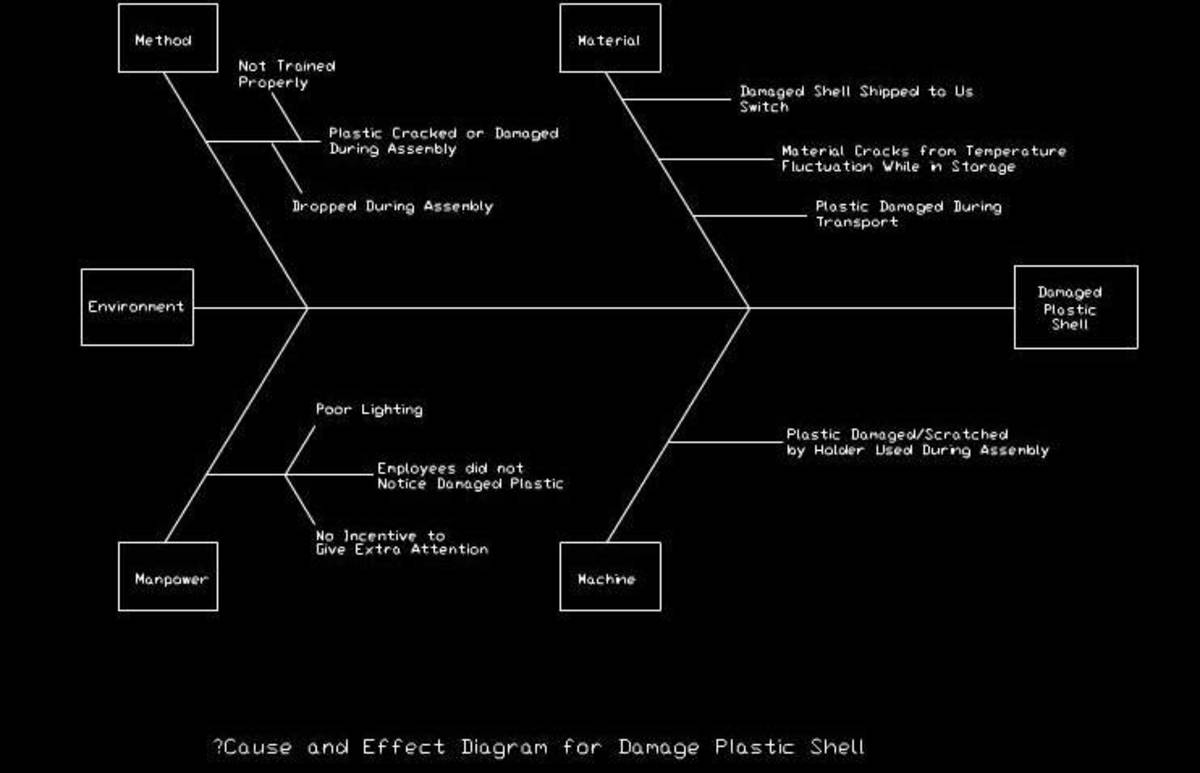Understanding supplier relationships in business
Every business who sells products either must make all the components for an end product or retain suppliers to make individual components. This creates a relationship which many in the private sector do not understand unless they have been involved in the supplier process. The biggest point to make if a supplier has problems is that it can impact their customers and their relationship. The relationship between a prime contractor (someone who sells an end product) and the supplier is critical not only to the prime contractor but also to the supplier.
To begin a prime contractor must determine the process for choosing a supplier to meet their needs. This involves establishing criteria for evaluating potential suppliers in relation to the needs identified. Products are sometimes sold to the public, the government or both. Choosing a supplier is only the beginning. Contractual methods need to be established as to how components in an end product will be measured for conformance. This sometimes involves controls and sometimes involves a receiving inspection process. While controls are necessary to ensure the components being manufactured meet the necessary requirements it is also necessary to not suffocate supplier operations. Granted some components may be critical to an end product and thereby more controls may be necessary. Controls need to be commensurate with the importance of the component or components being manufactured.
Basically a supplier/prime contractor relationship is unlike any other business environment. It is a unique and it is important to have a positive relationship, not negative. Developing a relationship requires a team atmosphere to be established. Companies and individuals can accomplish almost anything if they work together as a team. We often do not think of teams being a part of this kind of relationship but it is important this kind of atmosphere be created with all suppliers.
Creating a team atmosphere also has positive benefits. When problems arise either at a prime contractor location or a supplier location a team atmosphere can create the resources to address the issue and find the corrections necessary to fix them. I have witnessed good and bad suppler/prime contractor relationships and have witnessed the consequences of both outcomes.
Too often prime contractors are ready to blame a supplier or vendor as some call them for problems at the prime contractor location. While a supplier may or may not be a part of the issue they can be part of solving it. Documented instructions and contractual language can sometimes be interpreted differently dependent upon who is doing the interpreting. This can create problems down the road which neither want to occur.
Contracts between prime contractors and suppliers identify in most cases if not all the requirements for each entity to fulfill. To some extent when problems occur each contribute to the situation. Contractual language can be a problem and sometimes the prime contractor does not live up to their responsibilities and sometimes the supplier does not. Both organizations need to stop blaming each other for problems. The important factor is to determine the cause of any problem and the action required to fix them.
One critical factor which can benefit both is establishing a focal point between a supplier and a prime contractor. This can occur either at a prime contractor location or a supplier location. Open communication is critical to a viable relationship. Controls from the prime contractor are necessary to some extent but controls by the supplier is also necessary to ensure what they are tasked to manufacture actually meets the requirements as flowed down in contractual documents. Contractual is the key term.
Supplier relationships do not just occur in the manufacturing arena but in the service one as well. A prime example of a relationship outside a manufacturing environment occurs at places where food is purchased. Food has to be provided by someone to be put in place for customers to buy. This is a relationship between suppliers who are furnishing the food and the place selling the food. In the food industry the quality of food being supplied is important to customers wanting to buy what is being sold. When customers are not satisfied with the quality of the food available, they complain. Complaints sometimes result in losing a customer to a competitor. The quality of our food is critical to our health and well-being and businesses selling food to customers must have a viable relationship to food suppliers to ensure quality is number one. It is also to the benefit of a supplier to keep their customers (prime contractors) happy.
In conclusion, supplier and prime contractor relationships are developed over time. It takes effort on both parties to satisfy the needs of the ultimate customer and when this occurs both are successful. The key in this type of relationship is cooperation and truth. Both parties need to be truthful in their communications to resolve problems. Team approaches to solving problems is often the best action to take as they generally have the best resources available between them rather than separate. It must also be said sometimes these entities may not be totally to blame as government requirements may or can have an impact on the issues.






